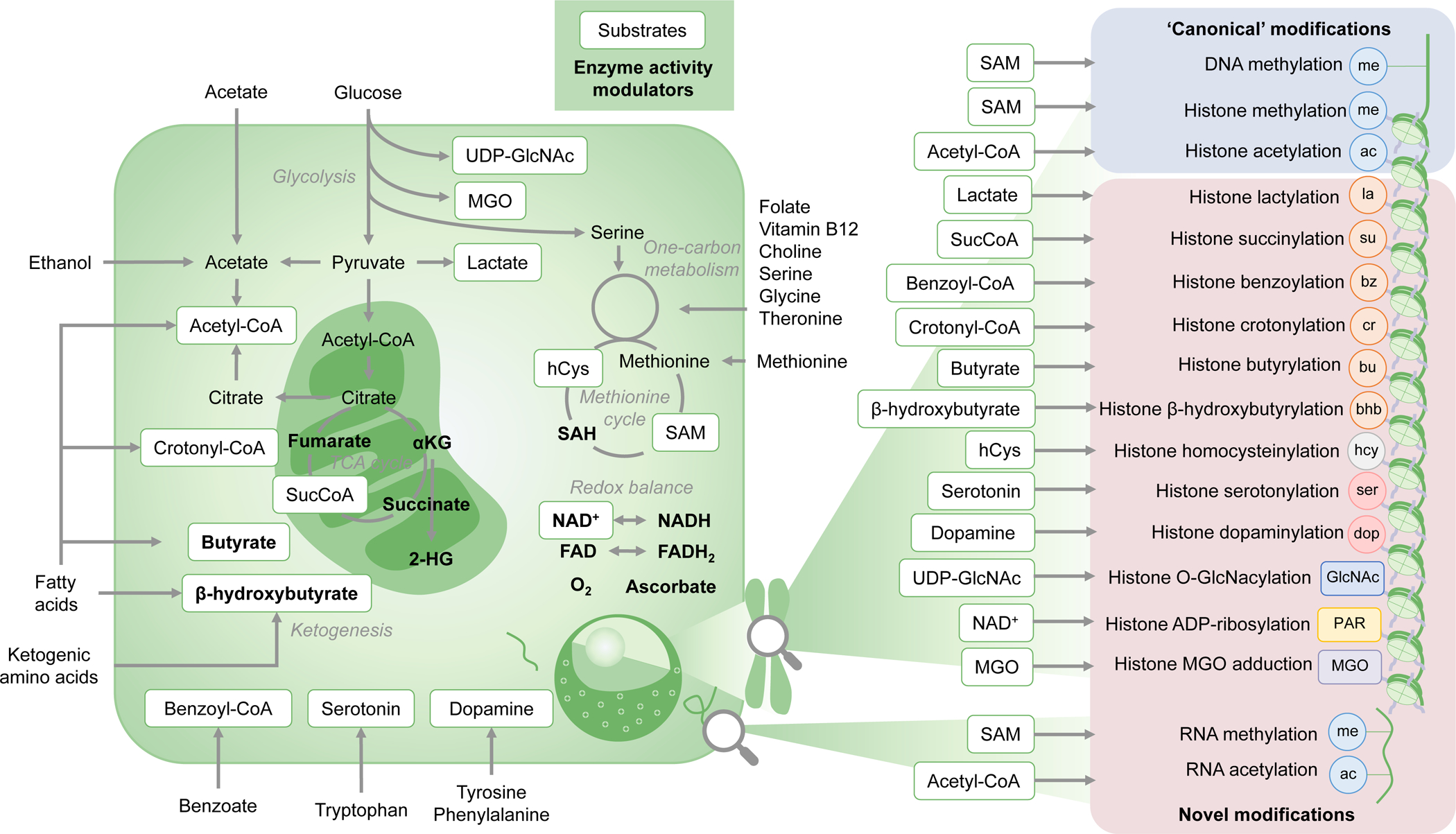Figure 2. Metabolic pathways producing chromatin-modifying metabolites.

Nutrients such as glucose, fatty acids, amino acids and vitamins are utilized by cellular metabolic pathways to produce metabolites that are used as substrates or activity modulators of chromatin-modifying enzymes. These molecules are included in regulation of the abundance of a plethora of ‘canonical’ modifications, including histone acetylation, histone methylation and DNA methylation, and ‘emerging’ modifications including acylations, homocysteinylation, serotonylation etc. Central-carbon, one-carbon and methionine metabolism, acetate metabolism, ketogenesis and redox-related pathways feed the pools of several of these metabolites, and thus help regulate the epigenomic landscape in concert with chromatin modifiers, remodellers and transcription factors. 2-HG, 2-hydroxyglutarate; αKG, α-ketoglutarate; GlcNAc, β-N-acetylglucosamine; hCys, homocysteine (hcy when a histone modification); MGO, methylglyoxal; PAR, poly(ADP–ribose); SAH, S-adenosylhomocysteine; SAM, S-adenosylmethionine; SucCoA, succinyl-CoA; TCA, tricarboxylic acid.
